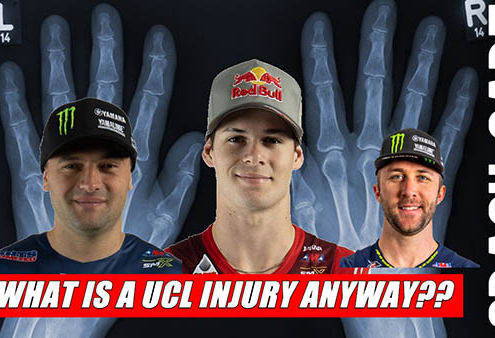 https://whiskeythrottlemedia.com/wp-content/uploads/2024/07/CRASH-CART-What-Is-a-UCL-Injury.jpg
338
600
WTM
https://whiskeythrottlemedia.com/wp-content/uploads/2022/09/logo-2022.png
WTM2024-07-08 12:43:202024-07-08 12:43:20THE INJURY THAT ENDED JETT, ELI and WEBB
https://whiskeythrottlemedia.com/wp-content/uploads/2024/07/CRASH-CART-What-Is-a-UCL-Injury.jpg
338
600
WTM
https://whiskeythrottlemedia.com/wp-content/uploads/2022/09/logo-2022.png
WTM2024-07-08 12:43:202024-07-08 12:43:20THE INJURY THAT ENDED JETT, ELI and WEBBShould I Wear Knee Braces?
More information than you ever wanted to know about knee braces and if you should wear them.
There seems to be a shakeup in the world of motocross apparel and protection devices on a daily basis. Remember neck braces? How about those shoelaces that people would wear on their chest and shoulders? (I still don’t know the purpose of those things…). I have seen some wild snake oil products in the pits over the years. Now, it seems that knee braces are making a shift in popularity.
You’ve probably seen it online or while shopping for gear and products. And you’re seeing these companies push more soft pad options with the name “pads” instead of “braces”. When I started riding in the late 80’s, these “pads” were pretty much all people thought of using-if anything at all.
“Naked knees” is still a pretty common finding amongst amatuer and pro alike, but what makes the most sense? Why are knee braces losing some popularity? What should you be running to keep your knees protected? The answer requires answers to a few questions… and a basic understanding of physics.
To me, CTi and Asterisk made custom, carbon fiber knee braces popular a few decades ago. It wasn’t long before pros were getting custom painted guards (Which I always thought was super cool but also so odd since no one would ever see the custom work). Before you knew it, you were deemed out of your mind if you weren’t running some sort of metal or fancy material around your knees.
Braces serve a rather obvious purpose; they restrict motion. In sports medicine, we typically think of braces in two regards: we use them in rehabilitation of an injury–like a knee surgery, and we use them to prevent injury. Sporting goods stores stock aisles of braces to support or prevent injury for nearly every joint. If we focus on knee braces, there are a few types; some are moto-specific, and some are more universal.
The one that comes to mind is the standard hospital or urgent care “hinged knee brace” which is a combination of neoprene and metal hinges to prevent excessive side-to-side motion (Valgus and Varas stress in medical jargon). Some of these braces may limit flexion and extension, but it’s not their primary function. These are great if you have a mild knee sprain, if you’re going to work and need light support, or if you need a little compression to keep swelling down.
The other end of the knee brace spectrum is a post-operative brace. Anyone who has torn their ACL in the last 20 years can recall these carbon sticks straight from the devil himself. They are custom fit to the individual via a mesh of straps, buckles and clickers. You can lock them out-limiting movement entirely-or you can set the range of motion to a range to allow the patient to resume a gradual movement pattern.
Our moto braces are quite different. And quite sexy, at that. The premier knee brace set nears $1,000 a pair nowadays, and custom braces can certainly surpass that mark. They’re composed of carbon fiber, titanium, and hard plastic caps… They’re beautiful to look at (even if you’re the only one to see them). They’re designed to limit knee rotation, prevent hyperextension and stop translation (think about opening and closing a drawer.)
The reason I believe that knee braces are falling out of favor from the pros (and subsequently by the amateurs that look up to them) is that they might work too well. I’m no motocross professional, but if I could speak for them, I’d say that the braces limit your feel on the bike, and while they prevent ligament injuries (by limiting that side-to-side and front-to-back movement), there’s thought that they increase femur fractures. The theory is that the force that would rip ligament(s) is translated through the brace and into the next closest thing – in this case the large thigh bone, the femur. There’s some research to support this as well.
Before I talk about this study, let me remind you of a few things when it comes to research: In Physician Assistant school (and med school too), we take a medical statistics class to understand all the literature and how to “read the numbers”. My teacher was 80+ years old and drier than the desert sand, but he said one thing that will stick with me forever: “All statistics lie, and all liars use statistics”. It’s important to really dig into the information and not just read the headlines… I guess that’s good advice for life away from motocross too…
Back to knee braces.
This study follows two cases where the patient suffered a fractured femur while riding motocross. They were both braced, and the imaging and story pretty confidently conclude that the force was transferred through the brace and into the femur. Please, feel free to read it, but what I take home from this article has to do with physics.
There is a certain amount of force needed to tear a ligament. There’s another force that’s needed to break a bone. (for you nerds out there, the force to tear an ACL = 500 ft lbs (2200 newtons). The force to fracture femur = 900 ft lbs (4000 Newtons)). There’s one number that I desperately want to know but don’t have: What kind of force does it take to break a knee brace? To my knowledge, these companies do not publicize these numbers. But if I had to guess, that number, with all the crazy cool carbon and titanium beauty, is far greater than the force it takes to break that femur.
If I’m right, then braces could lead to femur fractures. Remember that this study only includes two subjects–certainly not enough to make a clear cut projection like “all knee braces lead to femur fractures”. You can’t say that off this one study. But it begs for more studies to see if there’s something to this. And if the studies are done, then I suggest the brace companies do one thing: display your data. Then, after it’s all laid out, design a brace to break after the force it takes to tear a ligament but before the force it takes to break a bone.
Now, to address the initial question: Do knee braces prevent injury to the ligaments of the knee?
The short answer is… maybe.
I found two studies to discuss. The first one, written in 2011, speculates that bracing helps prevent injury. Their justification is interesting, however. Counting the total number of hours ridden amongst all of the riders in the study, they divided the number of injuries vs number of hours ridden and came up with a ratio. With that logic, the more hours you ride, the more likely you are to sustain an injury. This number was higher with unbraced riders vs braced riders.
The problem with this seems pretty clear to me. We all know or heard of people tearing their acl on their first ride. We also know riders who have 10,000 hours on bikes over 40 years with not a single ACL injury. With this logic, I don’t love this study.
The second study was written in 2021, and it reviewed multiple other studies to get an idea on what braces offered to athletes returning to sport after an ACL tear. The authors said, “No trends indicating a protective effect of knee braces against retear after ACL Reconstruction were reported in this review due to a limited amount of included studies and the heterogeneity in their methods and outcomes.” In other words, they basically found that there wasn’t enough studied data to make a determination.
What the heck does that mean? It basically means that there are way too many variables to come out and say that braces definitively prevent reinjury when you return to your sport.
“Hey Arden! I just read 1300 words only for you to tell me “Maybe”!! What should I do? Here’s what I’d tell you: I don’t like “naked knees” for anyone on a 65 and up. I think there is something for everyone, and at the very least, throw some pads on those knees. Have you suffered some kind of significant knee injury in the past that required surgery? Consider more rigid support. There are also hybrids out there that I would also consider.
Pay your local friendly dealership a visit and ask to try on some braces. Put them on and sit on your bike. Do they fit right? Do they allow you enough motion to grip the bike and limit your motion enough to protect your rehabbed knee? I think there is a place for knee braces, and knee pads are okay in my book too. Ultimately, the decision should be a personal one, and it should not be made because your favorite rider wears/doesn’t wear them.
If you have never injured your knee before, the data does not definitively suggest that you need to wear braces or you’ll rip your leg off. I think you need to weigh in a few factors: Are you just the weekend warrior and work a physically demanding job during the week? Would a knee brace be cheaper than missing work for 6-8 months? Are you a teenager? (there was some data to suggest teens are more likely to tear and re-tear their ACL and/or MCL)… Think about your personal situation, and make your decision based on your circumstances.
So while the pros may be shelving their custom painted carbon knee braces in favor of foam pads, that doesn’t mean they’re bad pieces of equipment. If you have questions as to what you should do, sit down with your doctor and see what makes the most sense. Medicine and medical decisions should always be made on a personal, one-on-one basis.
Arden Ballard, MS, PA-C, ATC is a Physician Assistant and Certified Athletic Trainer in the greater New Orleans, LA area. He has over 15 years of medical practice experience in sports medicine, orthopedic surgery and urgent care. He has worked extensively with Olympians, X-Games athletes and the world’s best motocross racers throughout his career, and he has provided trackside medical support for amateur and professional racers since 2005.
Email: arden.ballard@gmail.com
Leave a Reply
Want to join the discussion?Feel free to contribute!

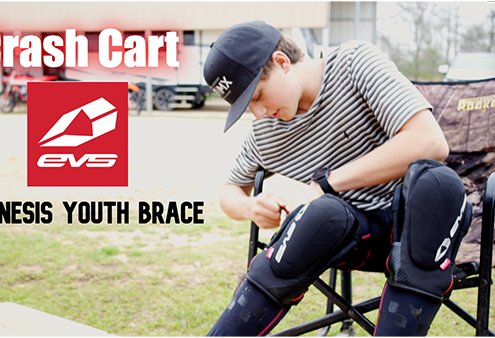

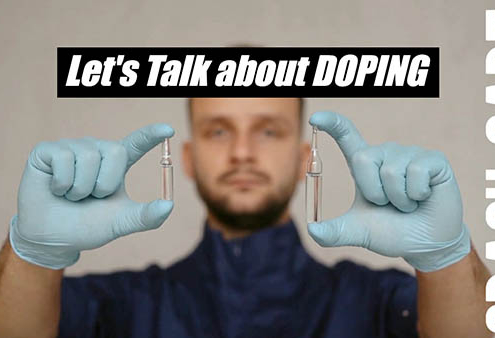
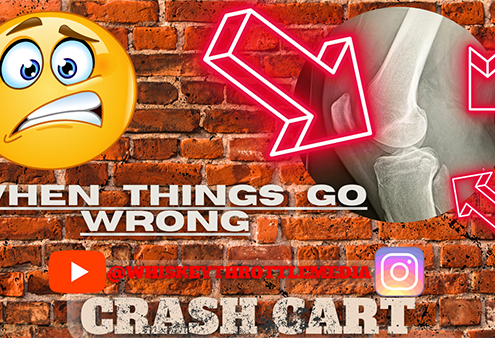
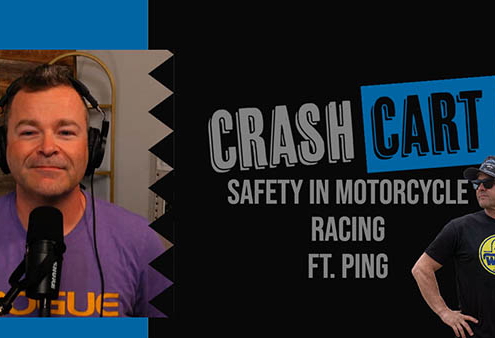
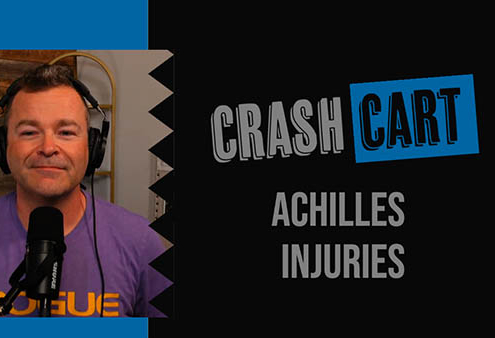

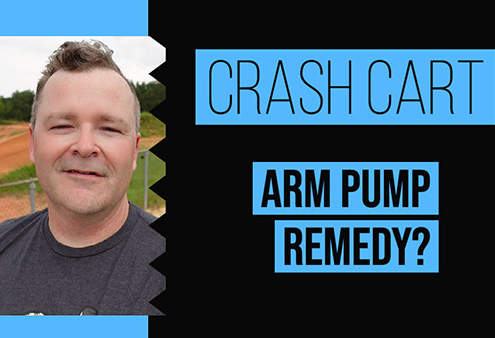
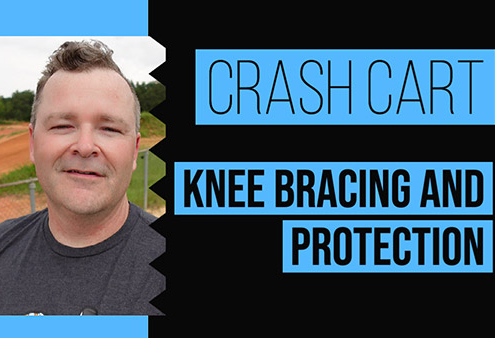



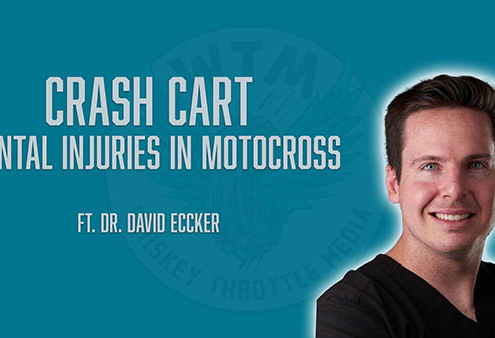
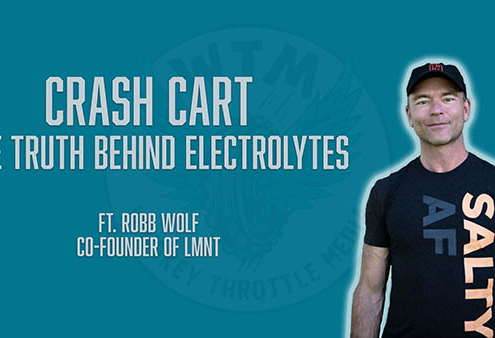


I had heard the the femur break reasoning and did not wear knee braces for a few years when first starting motocross. It was reading one of the authors of the pro knee brace study(Dr.Mark Sanders) posts on a forum that convinced me to give them a try, and soon as I did I wish I had wore them the whole time. They were such a positive experience for stability, I hate riding without them now. However my personal situation plays into it- I have chicken legs, a history of knee injuries and repair, and never broke a bone- other then my pinky which doesn’t really count. If my personal situation was squats 450lbs, never had a knee injury and but had some brittle bones I would probably go the other way. Your last line couldn’t be more spot on.
Regarding the difference of forces between snapping a femur and an ACL don’t some manufacturers take this into account in design. Is it POD that has synthetic ligaments in the brace that break to aid with this issue?
Wither braced or unbraced I think the importance of having strong legs with proper range of motion has to be one of the main factors for injuries prevention. Being young and dumb I re-injured my knees by not valuing that and letting them spiral the wrong way because of injury. Like many things in life the thing that matters the most you have to work for, you can’t buy and throw in a gear bag.
To add a couple more thoughts:
Skiing is how I originally injured my knees. There is this study that found a positive effect of knee braces preventing re-injury post ACL re-construction. https://journals.sagepub.com/doi/abs/10.1177/0363546506289883 . I know there is lots of crossover between the two sports, so something to throw out there.
When talking to your doctor, in my opinion, it is important to remember not all doctors are created equal. A general practitioner who does not even know what motocross is, is not going to have the insight of orthopedic docs who are in the sport. The GP when he went to med school in 1982 may have learned that there was a limited study in 1973 that said knee braces don’t help football players so he does not recommend them. That is not really relevant, and that is why we have specialists 🙂
Spot on Eric. You bring up a lot of good points. I actually almost referenced a skiing article that mentioned a relationship between tib/fib fractures and the stiffness in skiing boots. You’re right, there are tons of factors here, and at the end of the day, it comes down to personal preference and personal medical history. Braces are still awesome choices for the right person.